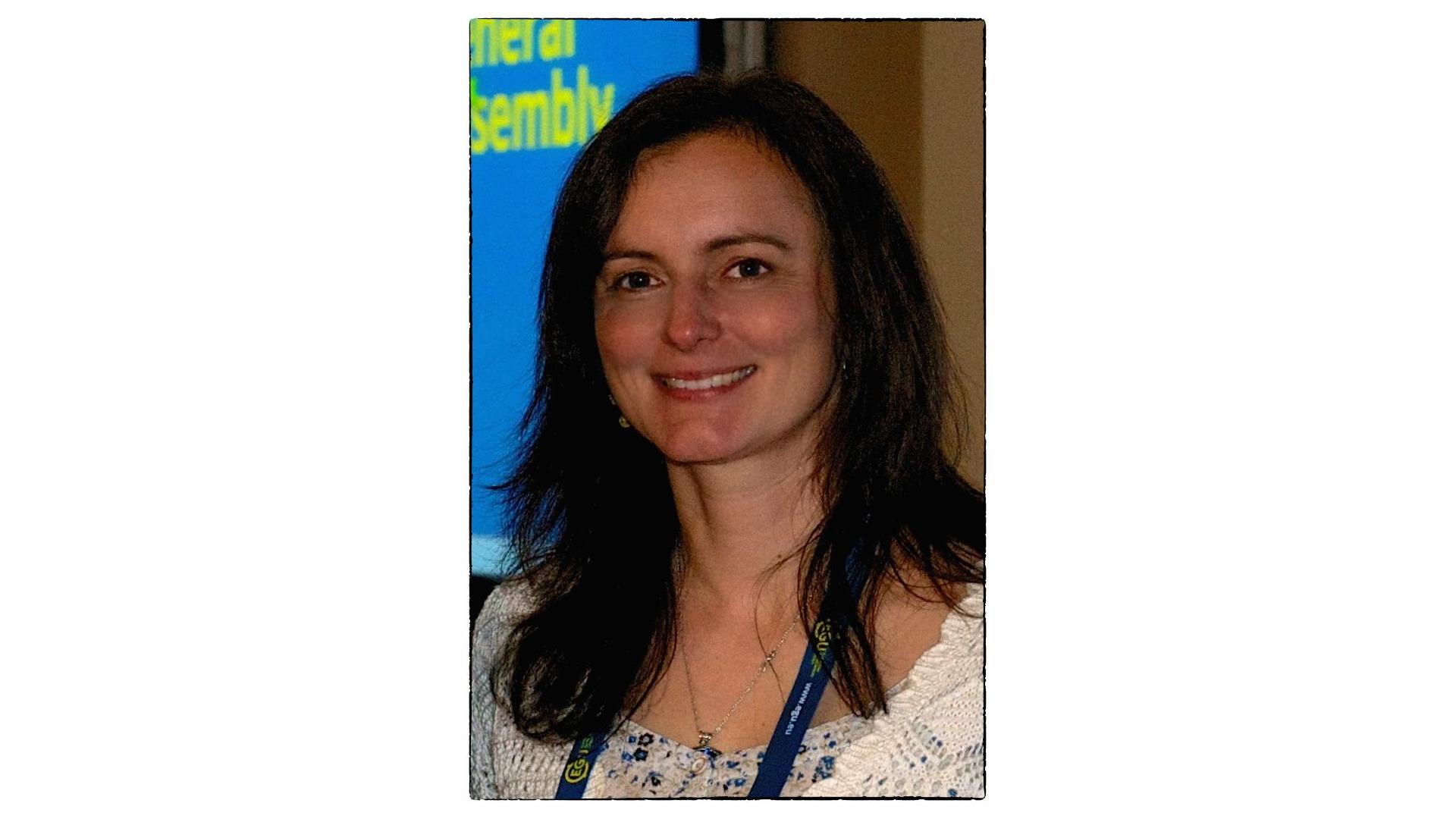15. studenog 2016. |
od 12:00 do 14:00 |
Velika vijećnica |

Ground Penetrating Radar (GPR) is a safe, effective, non-destructive and non-invasive inspection technique, providing high resolution images of subsurface and structures through wide-band electromagnetic waves.
GPR radargrams often have no resemblance to the scenario over which the profile was recorded. Various factors, including the innate design of the survey equipment and the complexity of electromagnetic propagation in the ground/structure, can disguise how structures get recorded on GPR reflection profiles.
In this con , electromagnetic-modelling techniques are of paramount importance. They can be employed to aid the interpretation of experimental datasets, highlight capabilities and limitations of GPR, and to understand where and in what environments this inspection method can be effectively used. Electromagnetic simulations can support the choice of the most proper GPR equipment for a survey and are useful to design and optimise new GPR antennas. Synthetic radargrams can be specifically conceived to test new data-processing/imaging algorithms or assess the effectiveness of existing ones. Finally, a fast and accurate electromagnetic forward solver can be embedded in an inverse electromagnetic solver and be used for automatic interpretation of data.
This Tutorial is composed of four parts.
In the first part, an overview on the European research on GPR and its applications is provided. Four main research areas can be identified: (i) The design and realisation of novel GPR systems and antennas; (ii) The use of GPR for a plethora of different tasks in civil and environmental engineering, geology, archaeology, management of water resources, planetary exploration, forensics, security and more; (iii) The development of electromagnetic-modelling, imaging, inversion and data-processing techniques; (iv) The integration of GPR with complementary non-destructive testing (NDT) methods.
In the second part, a quick perspective on available electromagnetic-modelling techniques for GPR is given. In order to predict correctly the GPR response to a given scenarios, Maxwell’s equations have to be solved, subject to the physical and geometrical properties of the considered problem and to its initial conditions. As is well known, several approaches have been developed in computational electromagnetics, for the solution of Maxwell’s equations. These can be classified into two main categories: differential and integral equation solvers, which can be implemented in the time or frequency domain. Differential solvers include, inter alia, the Finite-Difference Time-Domain (FDTD) and Finite-Volume Time-Domain techniques, the Finite-Element and Transmission-Line Methods, and the Cylindrical- and Spherical-Wave Approaches. The Method of Moments is an established integral-equation approach. All of the different techniques present compromises between computational efficiency, stability, and the ability to model complex geometries. Commercial simulators implementing these techniques are very often used, but interesting freeware alternatives exist: during this part of the tutorial, information is also provided about reliable tools available on the web free of charge.
The third part of the tutorial is focused on introducing gprMax and E2GPR. gprMax is a freeware FDTD simulator implemented in The University of Edinburgh (United Kingdom). A new version based on Python has been recently released, which includes noteworthy advanced functionalities such as the possibility to include in the model objects with inhomogeneous dielectric properties and rough surfaces, as well as anisotropic or frequency-dispersive materials (following multi-pole Debye, Lorenz or Drude formulations); built-in libraries of antenna models are also available. E2GPR is a freeware tool developed in Roma Tre University (Italy) to assist in the creation of two-dimensional gprMax models through a Computer-Aided Design system, ease parallel/distributed computing with gprMax and plot the results. Both tools represent a contribution to COST Action TU1208 “Civil engineering applications of Ground Penetrating Radar.” Notwithstanding they are conceived to allow electromagnetic modelling of GPR scenarios, they can be employed to compute numerical solutions to any electromagnetic radiation and scattering problems.
During the fourth and last part of the Tutorial, the TU1208 database of GPR data is presented. This is a collection of experimental and synthetic radargrams obtained in the presence of manmade and natural structures, at the disposal of the scientific community. Aim of this initiative is to give researchers the opportunity of testing and validating, against reliable data, their electromagnetic forward- and inverse-scattering techniques, imaging methods and data-processing algorithms.
Short CV:
Dr Lara Pajewski (lara.pajewski@uniroma3.it) is a researcher in the Engineering Department of “Roma Tre” University, Rome, Italy. She is the Chair of COST Action TU1208 “Civil engineering applications of Ground Penetrating Radar” (www.GPRadar.eu). She is an electronic engineer with a PhD in applied electromagnetics and electrophysics sciences earned in “Sapienza” University, Rome, Italy. Her current research interests include GPR and its applications, NDT methods, electromagnetic modelling of complex scenarios, design and characterisation of antennas and metamaterials. She is the Western-Europe Regional Editor for the Taylor&Francis Journal “Nondestructive Testing And Evaluation,” since 2011 convenes the Session “Civil Engineering Applications of GPR” at the EGU General Assembly and in 2014 was co-Chair of the 15th International Conference on Ground Penetrating Radar. She is the (co-)author of more than 200 scientific works on books, journals, and conference proceedings and the editor of 15 books and journal special issues.

 Instagram
Instagram LinkedIn
LinkedIn YouTube
YouTube Facebook
Facebook Prijava na servise
Prijava na servise